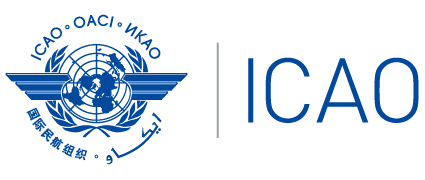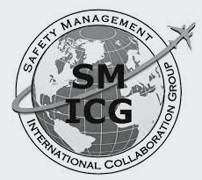Regulation 2024/3128 on new and revised monitoring indicators in SES
Regulation 2024/3128 on new and revised monitoring indicators in SES
Article Information
Category:
Content source:
Content control:
Last modified:
25.Feb.2025
Article UID:
COMMISSION IMPLEMENTING REGULATION (EU) 2024/3128 of 16 December 2024 amending Implementing Regulation (EU) 2019/317 as regards new and revised monitoring indicators for the performance and charging scheme in the single European sky - text published in the Official Journal of the European Union
Objective
To amend Annex I to Regulation 2019/317 by improving the existing indicators and adding new indicators for monitoring the performance of air navigation services and network functions.
Summary
The SES performance and charging scheme contains key performance indicators (KPIs) and indicators for monitoring in four areas: safety, environment, capacity, and cost efficiency. These are defined for both en route and terminal air navigation services, as well as network functions, to improve the overall performance of the network. New developments in measurement of performance and availability of data have allowed to improve the existing indicators and to add new ones. The work of the performance review body has shown that it is necessary to explore ways to improve the environmental performance of the network to contribute to the implementation of the requirements of the European Green Deal. Therefore, new indicators were developed in order to measure more precisely the environmental performance of certain elements such as continuous climb operation, taxi-in time, and vertical flight efficiency. In addition, to improve environmental and overall performance, indicators for monitoring of capacity capturing throughput are included.
Update to Union-wide target settings
One indicator for monitoring is added to the Environment area: vertical flight efficiency for the en-route phase. This is calculated for the actual trajectory between the top of climb and the top of descent as a percentage of the length of the actual trajectory flown within 1 000 ft below, or at any altitude above the planned flight level from the last filed flight plan, summed over all IFR flights within or traversing European airspace.
Updates to target settings at local (national/FAB) level
A total of five indicators for monitoring are added:
- Environment area:
- Vertical flight efficiency (en-route). This is calculated in the same way as the Union-wide one.
- Additional time in the taxi-in phase. This is calculated as the difference between the actual and the reference (i.e. optimal) taxi-in time.
- Vertical flight efficiency (climb). This is calculated as the duration of level flight from take-off to the top of climb.
- Capacity area:
- ATFM delays (en-route). This is the percentage of the total minutes of delay that occurred when the daily throughput was above the expected traffic (calculated in January each year by the NM).
- Annual weighted average of the daily peak throughput. This is calculated by weighting the daily peak throughput (the average number of flights for the three peak hours) by the daily number of flights.
Two indicators in the Environment area were updated:
- Additional time in terminal airspace. This indicator is now calculated based on the reference time rather than the unimpeded time. The reference time represents the time required to execute the approach without holding or vectoring.
- Vertical flight efficiency (arrivals). Previously, vertical flight efficiency was measured by the share of flights that apply CDO. With the new Regulation, the spent time in level flight for each flight is calculated.
Updates to target settings for network functions
One indicator for monitoring is added to the Environment area: annual sum of route extensions resulting from the CDM network procedures and NMOC actions for en route ATFM delay savings (these savings are often the result of accepting rerouting proposals with route extensions).
One indicator for monitoring in the Capacity area is updated: The annual percentage of all first rotation ATFM delays. The reasons for the delays are no longer specified (used to be only capacity and staffing).
Four indicators for monitoring are removed from the Capacity area (note that the corresponding Union-wide indicators remain):
- The annual percentage of IFR flights with ATFM delay above 15 minutes.
- The effective use of reserved or segregated airspace.
- The rate of planning via available airspace structures.
- The rate of using available airspace structures.
Entry into Force
This Regulation entered into force in May 2024.
This Regulation is applicable from 1 May 2025 with the exception of the update to Annex 6 (flight plan completion) which is applicable from 1 May 2024.
Regulation 2024/3128 amending Regulation 2019/317 (OJ, 11.04.2024)
Further Reading
European Commission
- EUR-Lex Portal: Regulation 2024/3128 (available in different languages and file formats)
Categories







